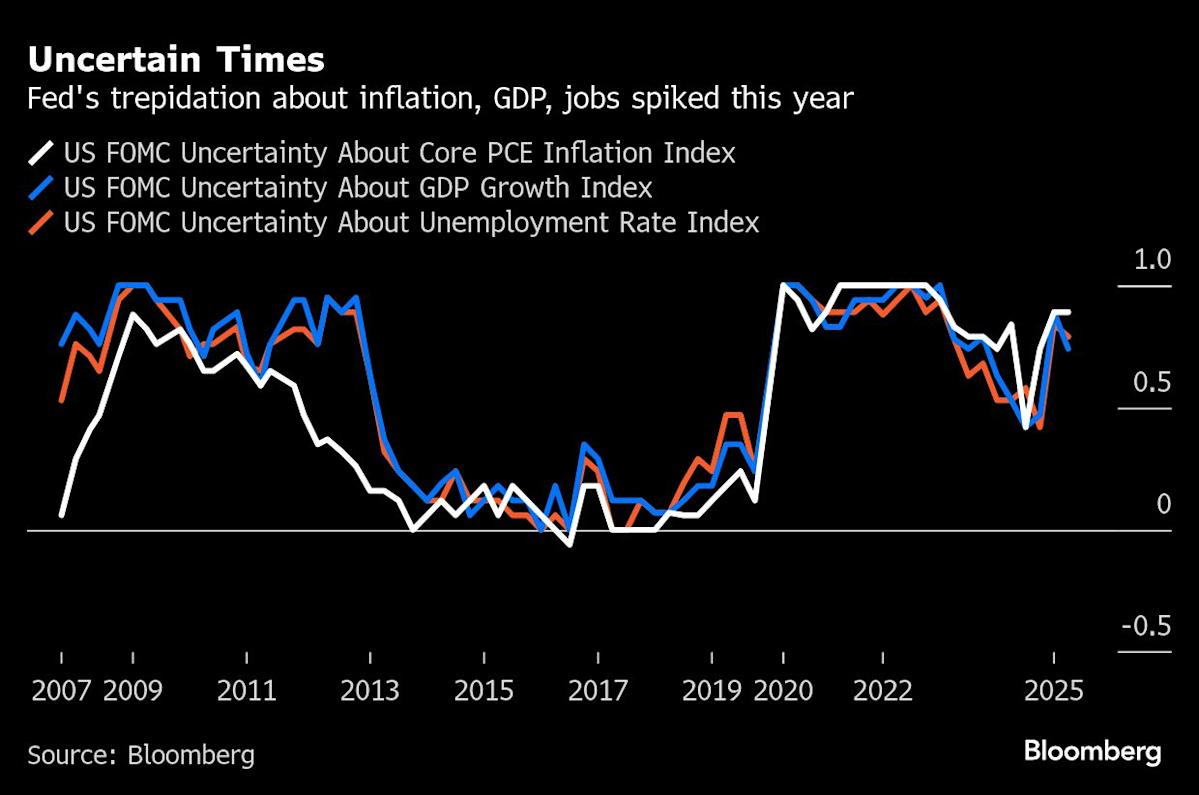Small-cap stocks: There’s a popular adage in the stock market —Prices are a slave to earnings. But this doesn’t seem to hold true in the case of the small-cap stocks that have been in an upward trend for four straight months despite a sharp miss in the March quarter earnings.
The overall PAT for the small-cap stocks was down 16% year-on-year, significantly worse than the already muted expectations. Despite that, in the financial year 2025-26 alone (FY26), the BSE Smallcap index has gained nearly 15%, adding over ₹9 lakh crore to investor wealth, according to Bloomberg data, raising concerns that the current bullish trend is likely built on shaky ground. Potential for high returns in a short period has powered the small-cap rally.
However, this has deprived investors of valuation comfort, with the one-year forward P/E for BSE Smallcap trading at 33x, which is well above its long-term average of 19-20x.
The small-cap segment also remains a popular category among mutual fund investors, garnering the second-highest net inflow of ₹17,535 crore up to April, as per data from Morningstar. This sustained investor interest underscores the strong appeal of the segment, likely driven by the robust returns small-cap funds have delivered over the past few years, Himanshu Srivastava, Associate Director – Manager Research at Morningstar India, said.
The earnings miss was notable, especially amid positive surprises across large and mid-cap names. Domestic brokerage Motilal Oswal Financial Services (MOSL) said that not only was the segment a laggard, but it also recorded a notable PAT decline, influenced materially by weakness in the financials sector, underlining the challenges for smaller BFSI players during the quarter.
Time to sell small-caps stocks?
According to Prashanth Tapse, Senior Vice President of Research at Mehta Equities, small-cap companies have historically exhibited greater earnings volatility, making them more vulnerable to macroeconomic shifts. As a result, even flat or slightly weak earnings can lead to disproportionate price corrections, amplifying volatility, he cautioned.
However, he expects a rebound in corporate profitability among fundamentally strong small-cap businesses, driven by a favorable macroeconomic environment like declining interest rates (following RBI rate cut), which are expected to reduce borrowing costs, benefiting small-cap firms with higher sensitivity to credit conditions, and cooling inflation that is likely to ease raw material and operational costs, supporting margin expansion in upcoming quarters.
Since the small-caps remain a barbell segment, capable of both strong rebounds and deep corrections, analysts believe stock selection is critical.
“From a valuation standpoint, any correction in small-cap stocks would make price reasonable, improving the risk-reward profile for long-term investors. While a cautious and informed approach, emphasising on quality and diversification, can help navigate the complexities of this segment,” Tapsee added. He advised investors not to just focus on short-term earnings, but try and spot businesses with low debt, consistent cash flows, and sectoral tailwinds, while avoiding companies where promoters have high pledging history, rising debt levels, or working capital issues, with concerns on corporate governance.
Vaqarjaved Khan, Sr. Fundamental Analyst, Angel One, also said that one must not completely exit small-caps as a strategy but should remain selective going forward. Earnings miss by a big margin, such as 10-25%, coupled with highly stretched valuations, make picking small-cap stocks relatively tricky, according to Khan. Against this backdrop, he advised staying away from cyclical sectors such as textiles, paper and overleveraged small NBFCs trading at premium valuations. He further added that it’s better to stay away from frothy names and churn positions from small-caps to mid and large-caps.
While small-cap stocks, by nature, are more volatile and sensitive to economic cycles, they can see sharper earnings downgrades during uncertain phases. However, this same segment has historically shown the ability to deliver outsized returns over long investment horizons, especially as some of these companies evolve into future market leaders.
“Despite the volatility, small-caps continue to be seen as high-risk, high-reward engines of long-term growth; they demand patience, discipline, and a strong stomach for risk. From a portfolio construction standpoint, small-caps can act as a return kicker, enhancing long-term portfolio growth when included in moderation. That said, the allocation to small-cap funds should be calibrated based on an investor’s risk appetite, time horizon, and overall financial goals,” said Srivastava of Morningstar.
Disclaimer: This story is for educational purposes only. The views and recommendations made above are those of individual analysts or broking companies, and not of Mint. We advise investors to check with certified experts before making any investment decisions.














